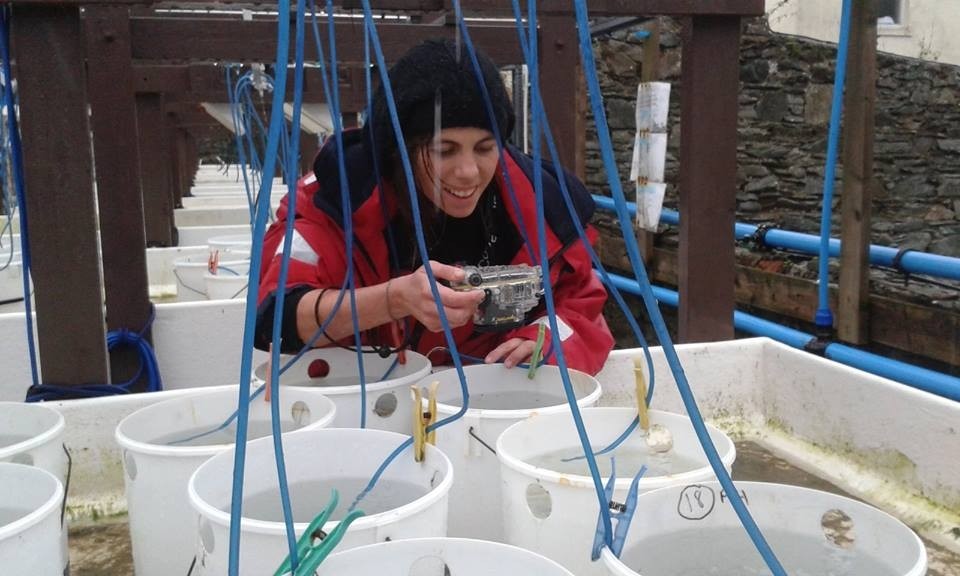Inactive user
The page you are trying to access has been deactivated because Camilla Bertolini is not working for NIOZ anymore.
Go to Staff.
Research interests
I am primarily interested in the role of organisms as ecosystem engineers in coastal habitats.
This encompasses various aspects:
(1) understanding how these species self-organise, and what are the environmental forcing of such organisation;
(2) what is the role of spatial organisation for habitat persistence (self-facilitation);
(3) what are the implication for associated community and functioning of the ecosystem?
![]()
![]()
My interests range from the effects of canopy and turf-forming algae in rocky intertidal and subtidal areas to reefs formed by bivalve and tube-forming worms in temperate oceans and both tropical and temperate coral reefs. I am also interested in human-created reefs including mussels culture.
From understanding how biogenic habitats interact with their environment (including anthropogenic and natural stressors), I am interested in apply these results for commercial and restoration purposes, for example by developing optimal methods for mussel culturing techniques based on optimal densities.
I am further interested in how anthropogenic climate change and its consequences (increased storminess, ocean acidification) impact these species and their habitat formation potential.
Publications
Bertolini, C., Can secondary species maintain a primary role? Consistent inter-regional effects of understory algae on diversity. Marine Biodiversity. 2018:1-9.
Barrios-O’Neill, D., Bertolini, C. , Collins, P. Trophic cascades and the transient keystone concept, Biological Conservation 212: 191-195.
Lombardi, C., Taylor, P. D., Cocito, S., Bertolini, C., & Calosi, P. (2017). Low pH conditions impair module capacity to regenerate in a calcified colonial invertebrate, the bryozoan Cryptosula pallasiana. Marine Environmental Research, 125, 110-117.
Bertolini C., Geraldi N.R., Montgomery I., O’Connor N.E., Substratum and density as drivers of mussel-patch formation (2017), Journal of Sea Research, 121, 24-32.
Geraldi N. R. , Bertolini C., Emmerson M.C., Roberts D., Sigwart J.D., O’Connor N.E. (2017), Aggregations of brittle stars can provide similar ecological roles as mussel reefs, Marine Ecology Progress Series, 563, 157-167.
Ellrich, J. A., Scrosati, R. A., Bertolini, C., & Molis, M. (2016). A predator has nonconsumptive effects on different life-history stages of a prey. Marine Biology, 163(1), 1-8.
Harvey, B. P., McKeown, N. J., Rastrick, S. P., Bertolini, C., Foggo, A., Graham, H., Hall-Spencer, J.M., Milazzo, M., Shaw, P.W, Small, D.P., Moore, P. J. (2016). Individual and population-level responses to ocean acidification. Scientific reports, 6.
Small, D. P., Milazzo, M., Bertolini, C., Graham, H., Hauton, C., Hall-Spencer, J. M., & Rastrick, S. P. (2015). Temporal fluctuations in seawater pCO2 may be as important as mean differences when determining physiological sensitivity in natural systems. ICES Journal of Marine Science: Journal du Conseil, fsv232.
Calosi, P., Turner, L. M., Hawkins, M., Bertolini, C., Nightingale, G., Truebano, M., & Spicer, J. I. (2013). Multiple physiological responses to multiple environmental challenges: an individual approach. Integrative and comparative biology, 53(4), 660-670
